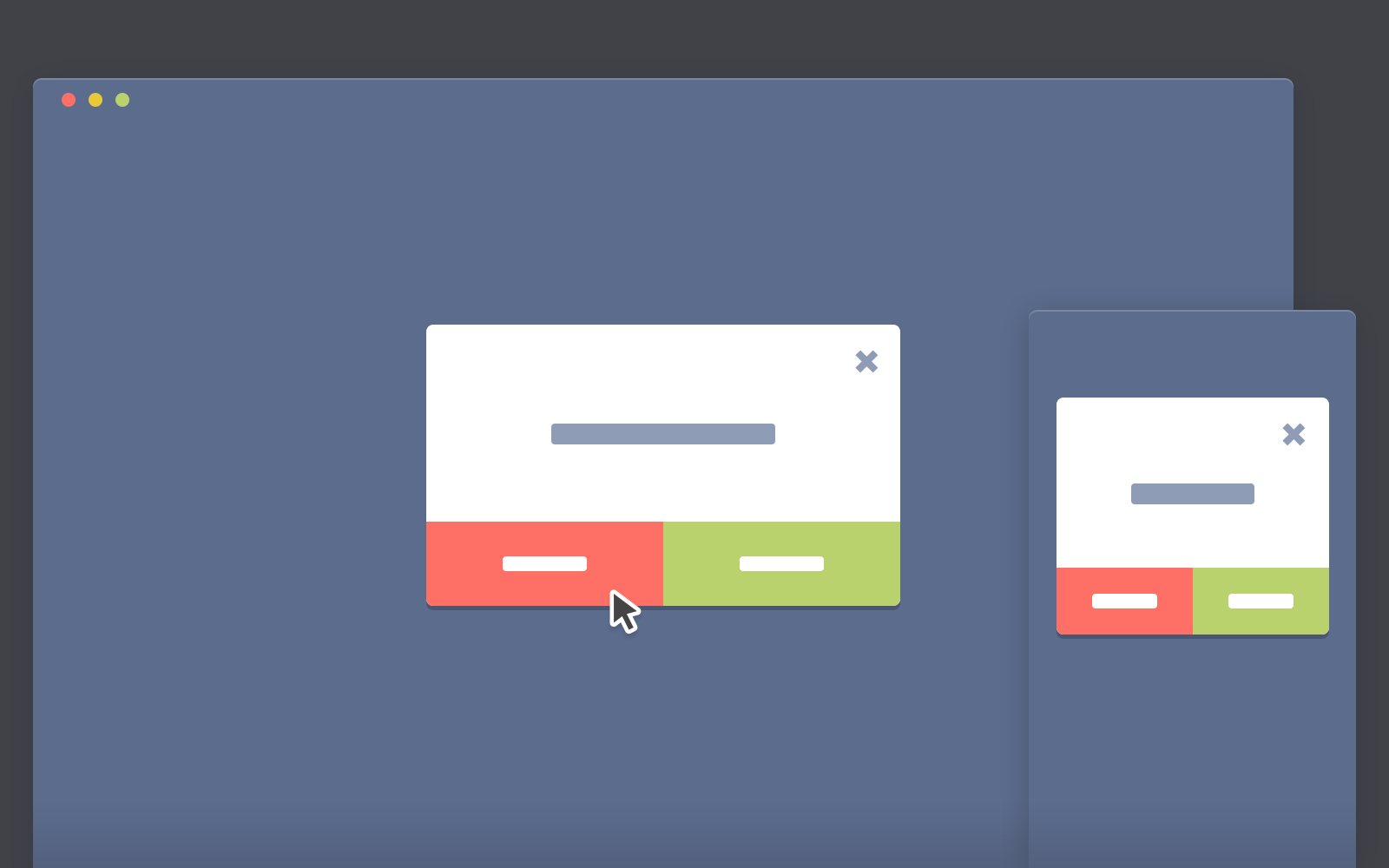

Page number and event are optional parameters.įunction to call when the pagination is initialized. Set to false if you don't want to select the page immediately after click.įunction to call when a page is clicked. When this option is true, clicking on the ellipse will replace the ellipse with a number type input in which you can manually set the resulting page. Text to be display on the previous button.Ī collection of labels that will be used to render the pagination items, replacing the numbers.
#SIMPLE CSS LIBRARY CODE#
Because Bulma only contains CSS classes, it doesn't have any impact on the HTML code you write. It's mobile-first, open-source and based on Flexbox it gives all you need to build any projects, simple or complicated.

Utility libraries may approach these things in different ways, but seem to share that idea. Classes to set specific layout properties. Like classes to adjust margin or padding. Which page will be selected immediately after init.Ī string used to build the href attribute, added before the page number.Īnother string used to build the href attribute, added after the page number. Bulma Based on Flexbox Bulma is probably the most popular JS free CSS Framework. Let’s define a CSS utility library as a stylesheet with many classes available to do small little one-off things. How many page numbers are visible at the beginning/ending of the pagination. Minimum allowed: 3 (previous, current & next) How many page numbers should be visible while navigating. If specified, items and itemsOnPage will not be used to calculate the number of pages. Total number of items that will be used to calculate the pages. If necessary, you can specify the number of pages directly, via "pages" parameter, instead of "items" and "itemsOnPage" which are used by the plugin to automatically calculate the number of pages.


 0 kommentar(er)
0 kommentar(er)
